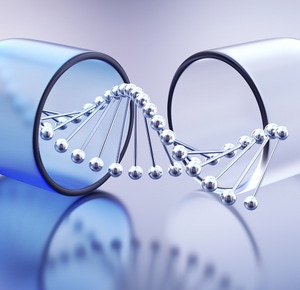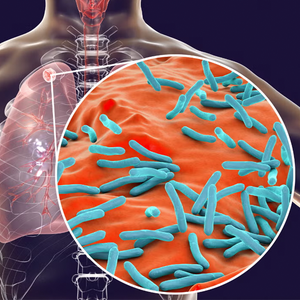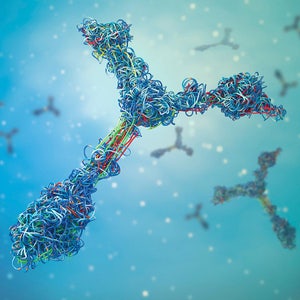
Amino Acid Profile
Amino Acid Profile
Amino Acid Profile
| Test Code | B2020 |
|---|---|
| Turn Around Time | 3 days |
| Acceptable Sample Types | Dried Blood Spots |
| Acceptable Billing Types | Institutional Billing , Self (patient) Payment |
| NY Approved | Yes |
| Self (patient) Price | $218.90 |
|---|---|
| Institutional Price | $218.90 |
**The CPT codes listed are in accordance with Current Procedural Terminology, a publication of the American Medical Association, and are provided for informational purposes only. CPT coding is the sole responsibility of the billing party.
This testing service has not been cleared or approved by the U.S. Food and Drug Administration. Testing services may not be licensed in accordance with the laws in all countries. The availability of specific test offerings is dependent upon laboratory location.
Test information
Test description
An amino acid biochemical profile is performed for detection of amino acid disorders. Other observations made by this assay include hyperalimentation, liver disesae, medium chain triglyceride oil administration, presence of EDTA anticoagulants in blood specimen, treatment with benzoate, pyvolic acid or valproic acid and carnitine update deficiency.
Indications for testing
Amino acid profile analysis is indicated when there is a clinical concern for a metabolic condition or in follow up from a positive newborn screen. Signs and symptoms of a metabolic disorder include vomiting, lethargy and failure to thrive. Amino acid profiles can detect amino acid disorders such as PKU, tyrosinemias, maple syrup urine disease, urea cycle disorders, organic acidemias and homocytinuria. To aid in diagnosis, it may be indicated to run an amino acid profile with other metabolic profiles such as acylcarnitine and urine organic acids.
Condition description
Amino acid metabolism disorders are inherited metabolic disorders that result from defects either in the breakdown of amino acids or in the body's ability to get amino acids into cells. In the United States, newborns are routinely screened for several amino acid disorders. Early diagnosis of these disorders is important to foster a change in medical management to improve outcomes for individuals with these disorders.
Test methods and limitations
This test is performed by tandem mass spectrometry. Tandem mass spectrometry (MS/MS) is an analysis technique that utilizes two mass analyzers to target analytes based on mass and charge. This mass filtering process provides highly sensitive and specific measurements of small molecules or peptides from biological samples.
Detailed sample requirements
Dried Blood Spots
| Collection Container(s) |
Dried blood spot card |
|---|---|
| Collection |
Follow kit instructions. Briefly, allow blood to saturate the card until indicated areas are filled and blood has soaked through the card. Air dry the card at ambient temperature for at least 3 hours.
|
| Sample Condition |
Follow the instructions provided with the collection set. Store the dried blood at ambient temperature for up to two days. If the specimen cannot be sent as soon as it is dry, the filter paper should be placed in a sealable plastic bag and stored in a refrigerator (≤ 8°C) or preferably in a freezer. |
| Shipping |
Follow kit instructions. Double bag and ship overnight at ambient temperature. |
Resources


How To Order
Choose Your Test
Select the correct test for your patient, and download and fill out the Clinical Genomics test requisition form.
Collect Sample
Obtain a sample for testing from the patient using one of the provided Revvity Omics test packs.
Send Samples
Send samples and all required forms back to Revvity for processing using pre-paid shipping label.
How can we help you?
We are here to answer your questions.







































